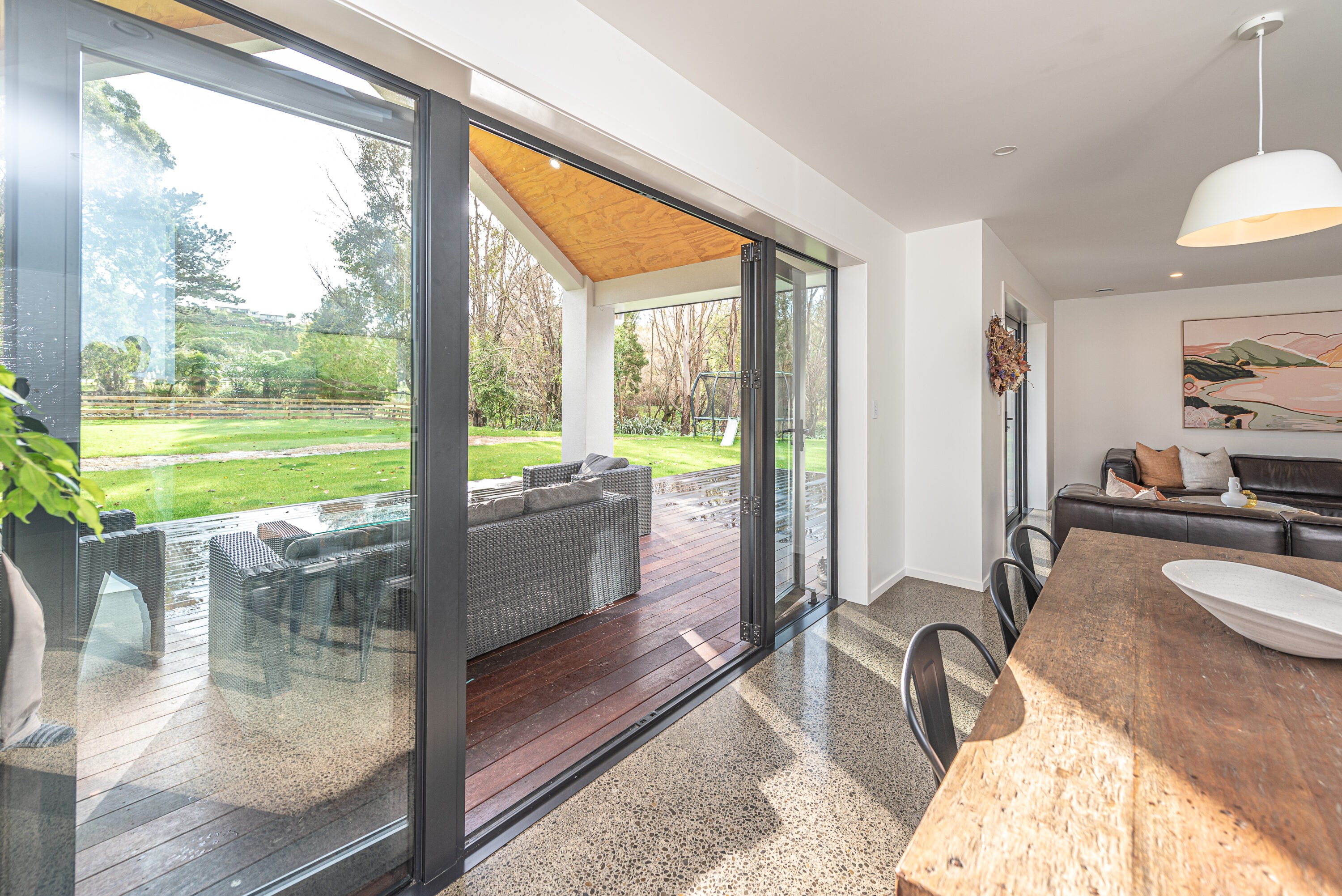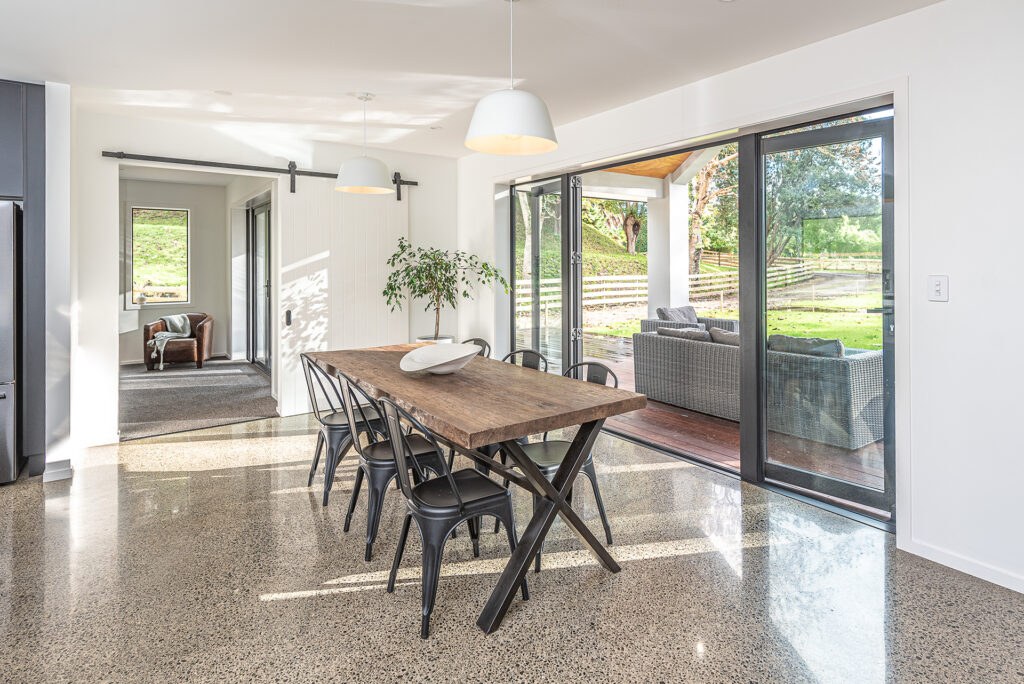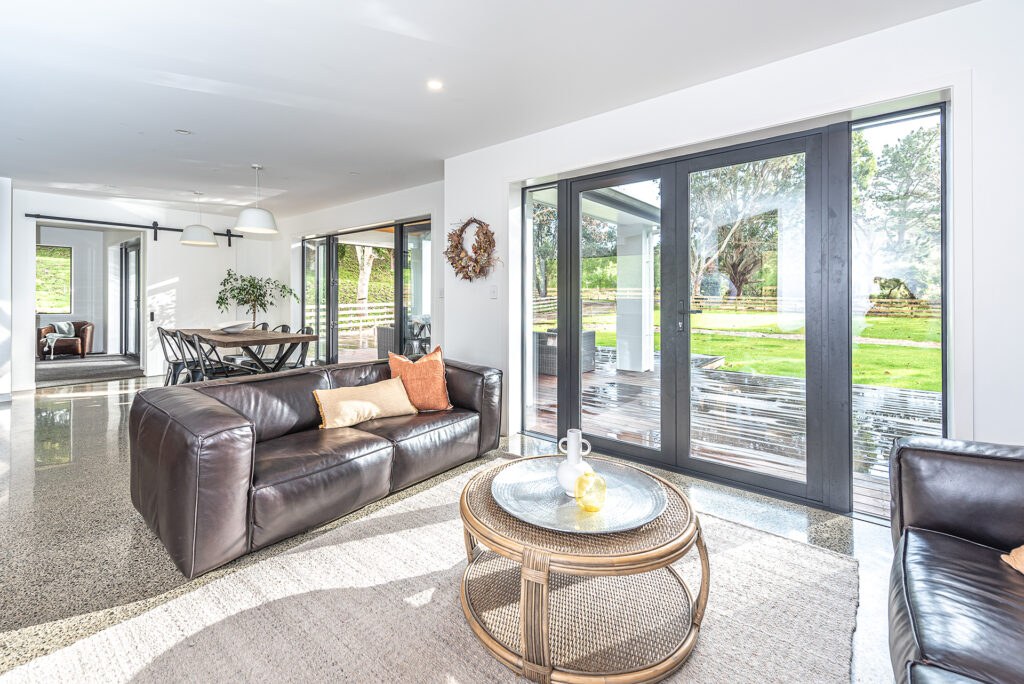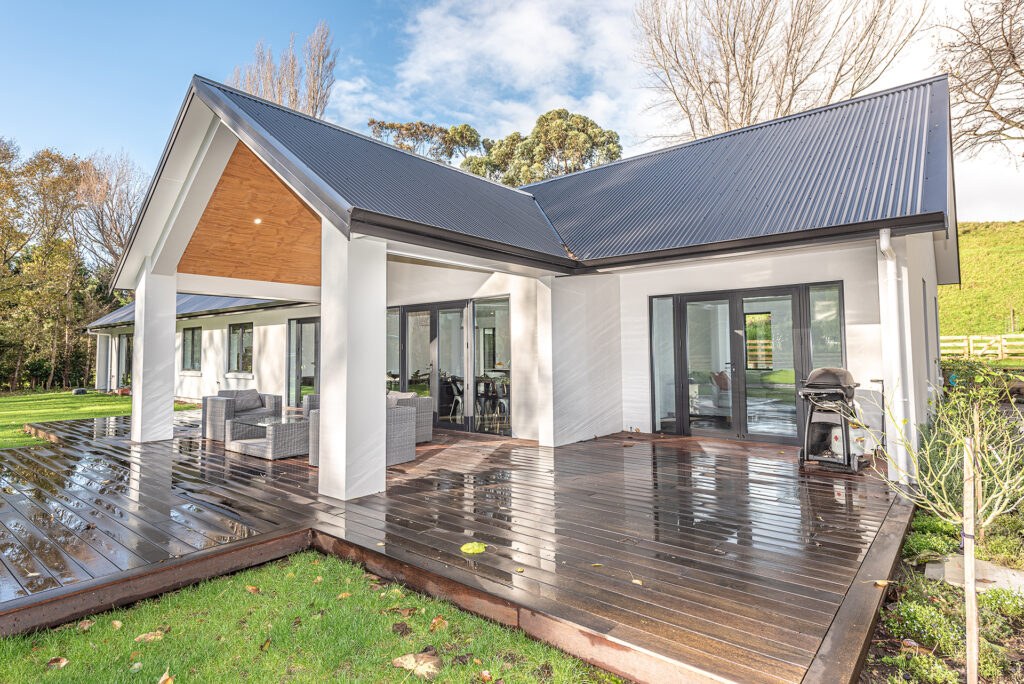11 July 2022
eHaus Whanganui and Wight Aluminium win the Sustainability Award at the annual Window & Glass Association Awards
A collaboration between window and door manufacturer, Wight Aluminium, and builder eHaus Whanganui, has allowed this innovative, residential home to take out the Sustainability category in this year’s awards.
The Sustainability award was open to residential and commercial projects that showcase examples of contribution to a sustainable environment. Entries were judged on the following criteria: energy efficiency, product performance, product transparency, construction, innovation, and aesthetics of the build.
“This eHaus features APL Vantage Residential Thermal suite windows, which are thermally broken, aluminium and double glazed. The joinery was specifically chosen to support eHaus performance levels and the window placement and performance play a critical role in the final performance of this home.” Says Simon Penn, Director eHaus Whanganui
eHaus Whanganui and Wight Aluminium were able to achieve the sustainability performance by ensuring a mutual understanding of the project objectives and working through manufacturing, construction, and installation strategies to achieve airtightness objectives.
This eHaus was able to achieve an air tightness rating of 0.53 ACHn50 (the measure of the air exchange through the building envelope under a 50Pa pressure difference). A new code-built house will typically test between 3-5 ACHn50 and a Villa 25-30 ACHn50.
The window system delivered a solution with considerably greater performance than the current building standard of R0.26. This eHaus has an R value rating in the vicinity of R0.50. With the pending Building Code changes increasing the R value rating to R0.37 in November 2022 and a further increase to R0.46 in November 2023, this project is proof that it is both theoretically and practically possible to achieve and exceed the future residential building standards using New Zealand made, high performing aluminium window products.
The thermal performance of the window system has resulted in a home which is highly efficient to heat and cool. Using the Passive House energy modelling tool, this home has been designed to require 85% less heating than a new code-built house, with annual energy consumption forecast at 16.4kWh/m2 of floor area compared with an average new code-built home that would require 120kWh/m2 of floor area. This is to maintain a minimum temperature of 20C all year round.
“This eHaus is an example of innovative, technology informed modern construction which has resulted in a home that is sustainable in day-to-day energy consumption, liveability, comfort and health,” Mr Penn says.





